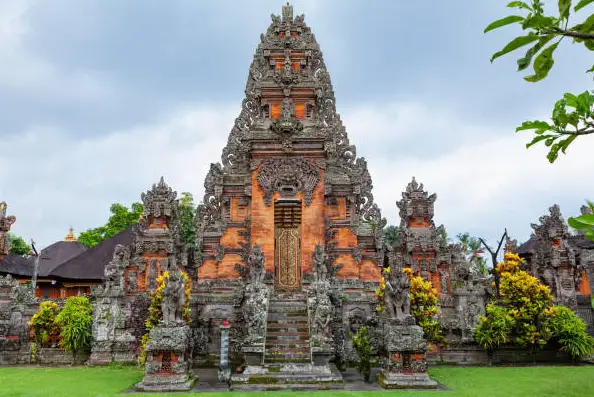How do I respect local customs when visiting religious sites and monasteries?
Post ByAdequate Travel
Summary
When visiting religious sites and monasteries, it is important to take the time to learn and understand the local customs. In this blog, we explore how to respect these customs and the importance of doing so in order to show reverence to a place of worship. Keep in mind that travel guidelines and travel rules may change anytime, so regularly check for updates to ensure a hassle-free and memorable travel experience.Respecting Local Customs at Religious Sites and Monasteries
1. Dress Appropriately:
When visiting religious sites and monasteries, it is crucial to dress modestly and adhere to the dress codes or guidelines provided. This often means covering shoulders, knees, and avoiding revealing clothing.
For example, when visiting a Buddhist temple in Southeast Asia, women may be required to wear long skirts or pants and have their shoulders covered.
2. Follow Proper Behavior:
Respecting local customs also involves acting in a manner that aligns with the beliefs and practices of the religious site. This may include observing silence, refraining from taking photographs without permission, and avoiding disruptive behavior.
For instance, when visiting a Hindu temple in India, it is customary to remove your shoes before entering and maintain silence in areas of prayer.
3. Observe Rituals and Practices:
While visiting religious sites and monasteries, pay attention to any specific rituals or practices that are being followed by the locals. Participating, if appropriate, demonstrates your respect for their beliefs and traditions.
As an example, when visiting a Christian monastery in Europe, you might observe the practice of lighting candles as a gesture of prayer or respect.
4. Seek Permission and Guidance:
If you are unsure about what is allowed or expected at a religious site, it is always advisable to seek permission or guidance. Locals or authorities will appreciate your effort in understanding and respecting their customs.
For instance, if you are visiting a Sikh gurdwara, you can contact the management beforehand to inquire about any specific protocols, such as covering your head or washing your hands before entering.
5. Mind Your Language and Body Language:
Show respect by using appropriate language and maintaining a respectful body posture while visiting religious sites and monasteries. Avoid offensive or disrespectful gestures, loud conversations, or any form of disrespect towards the sacred spaces.
For example, when visiting a mosque, it is important to speak softly, remove your shoes, and ensure your gestures and body language convey respect.
Respecting local customs at religious sites and monasteries showcases sensitivity towards the beliefs and practices of the community you are visiting. It helps foster cultural understanding and a positive experience for both visitors and locals.
While planning your trip, take note of any travel restrictions that may impact your itinerary, such as limited access to certain regions or attractions.Suggested Questions
- Mekdela Mountain, Amhara Region: Horror Story, History & Paranomial Activities
- Bale Mountains National Park, Oromia Region: Horror Story, History & Paranomial Activities
- Wendo Genet Resort, Sidama Zone: Horror Story, History & Paranomial Activities
- Derg Monument, Addis Ababa: Horror Story, History & Paranomial Activities
- Aloba Arch, Afar: Horror Story, History & Paranomial Activities
- Debre Berhan Selassie Church, Gondar: Horror Story, History & Paranomial Activities







